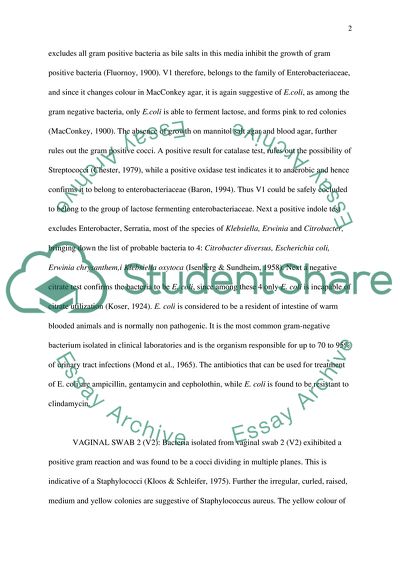Cite this document
(Diagnostic Microbiology and the Microflora Inhabiting the Human Body Lab Report, n.d.)
Diagnostic Microbiology and the Microflora Inhabiting the Human Body Lab Report. Retrieved from https://studentshare.org/biology/1742533-microbiology-lap-report
Diagnostic Microbiology and the Microflora Inhabiting the Human Body Lab Report. Retrieved from https://studentshare.org/biology/1742533-microbiology-lap-report
(Diagnostic Microbiology and the Microflora Inhabiting the Human Body Lab Report)
Diagnostic Microbiology and the Microflora Inhabiting the Human Body Lab Report. https://studentshare.org/biology/1742533-microbiology-lap-report.
Diagnostic Microbiology and the Microflora Inhabiting the Human Body Lab Report. https://studentshare.org/biology/1742533-microbiology-lap-report.
“Diagnostic Microbiology and the Microflora Inhabiting the Human Body Lab Report”, n.d. https://studentshare.org/biology/1742533-microbiology-lap-report.


